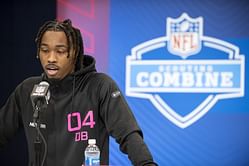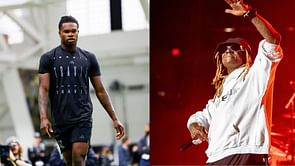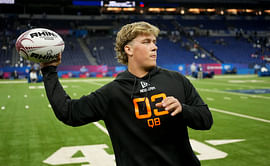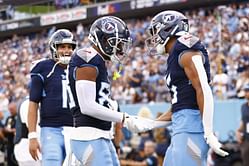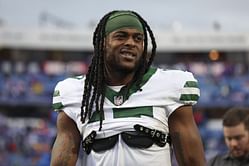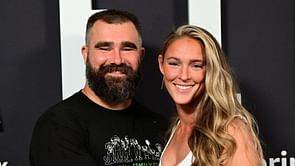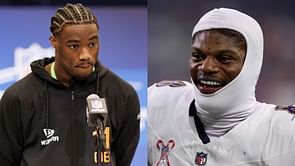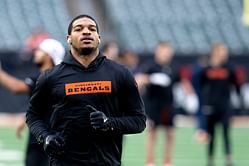Finding success in fantasy football often requires managers to make constant improvements to their teams. While initial rosters are built through a fantasy draft, that is only just the beginning to creating a winning team. Following the draft, it is often beneficial to make moves to upgrade an overall roster, especially through the trade market.
Trades can often represent the most valuable way to make significant changes to a roster and theoretically get a team closer to a championship. For managers looking to explore the trade market in their fantasy leagues, whether it be in re-draft formats or Dynasty leagues, here’s how it all works.
Managers are permitted to offer any of their own players in exchange for other ones on a different team in their league. They don’t necessarily have to be balanced in terms of total players traded from each side. For example, a manager may offer two of their players in exchange for one player on a different team, similar to the way that trades work in the NFL.
In Dynasty leagues only, draft picks may also be included in potential trade offers. In this unique format, managers keep the same roster across multiple years, with just a rookie draft during each offseason. Most of these particular fantasy football leagues will allow these draft picks for up to three years in the future to be included in trade offers.
After sending a trade offer to another manager, they will have the option of either accepting it, rejecting it, or countering the offer. A counter will use the original concept of the trade and tweak the details of it. For example, a manager who received a trade offer may choose to add or remove a certain player in the deal to make it more favorable to them. After the adjustment, the manager who made the initial offer will have the same three options to respond with.
Rejecting a trade is a straightforward decline of the offer, essentially ending negotiations with the manager who proposed it. This is often the result of having no desire to give away one of the players in the offer, or not being interested in the return package that they would potentially receive.
When a manager accepts a trade in fantasy football, it doesn’t simply go through immediately in most league formats. There are still a few hurdles that need to be cleared in an effort to make sure that no foul play or collusion is occurring between any of the participating league managers.
Also Read: What is Dynasty Fantasy Football?
When do fantasy trades go through
Simply accepting a trade offer in fantasy football doesn’t always mean that the deal will be executed. Most leagues require for it to remain pending for a period of one to three days, depending on league settings. During this time, the trade will be reviewed by the league commissioner, and sometimes by the rest of the teams in the league as well.
Most commissioners have the ability to cancel any trade during the review period that they believe is an unfair deal or unethical situation with possible collusion. Many leagues also allow all of the teams to vote on whether they believe a trade should be upheld or canceled, based on the same premise. As long as the league decides it’s a reasonable trade, it will officially go through as soon as the grace period expires.
Also Read: Fantasy football scoring: How does it work?
How to cancel a trade
The review period for a trade in fantasy football will usually offer three different way for a trade to be canceled. Either of the teams involved in the deal have the option of terminating the offer at any point before it becomes official. This could be because of an unexpected injury or better trade offer on the table from a different team, among other potential reasons.
If both managers want to keep the proposed deal in place, the league commissioner then usually has the option of canceling it if they feel the trade is unfair or has ill intentions involved. The commissioner can cancel it before it becomes official when the trade is still in the review period. During this time, if the league allows for a vote amongst the remaining managers, if majority votes to cancel it, the deal will be terminated as well.
Also Read: How To Play Fantasy Footbal in 2024?- A Complete Beginner’s Guide
How to veto a trade
The league commissioner almost always has the power to veto any potential trade that was recently accepted by two different teams. Their reason for doing so may be because the deal appears to be way too lopsided and would give one team an unfair advantage. This could be the result of an uninformed manager making a poor decision, or potentially two managers looking to collude by trying to combine their teams’ best assets, which is often against league rules.
If a commissioner decides no to veto a trade, and their fantasy football league allows for a vote amongst the other managers, all of the other teams not involved in the trade will then vote to either allow it to go through or to veto it. In this scenario, the majority rules, so whichever side receives more votes during the review period will determine whether or not the trade is officially executed.
